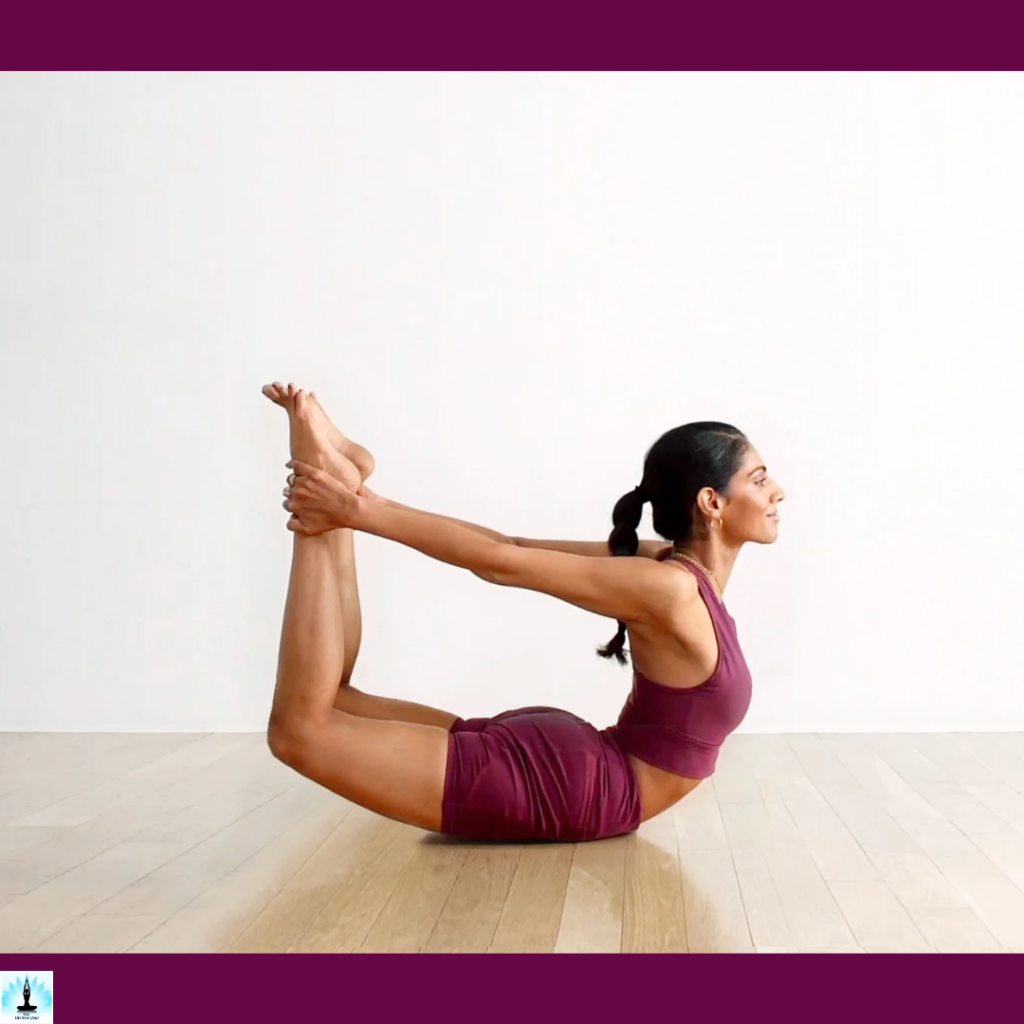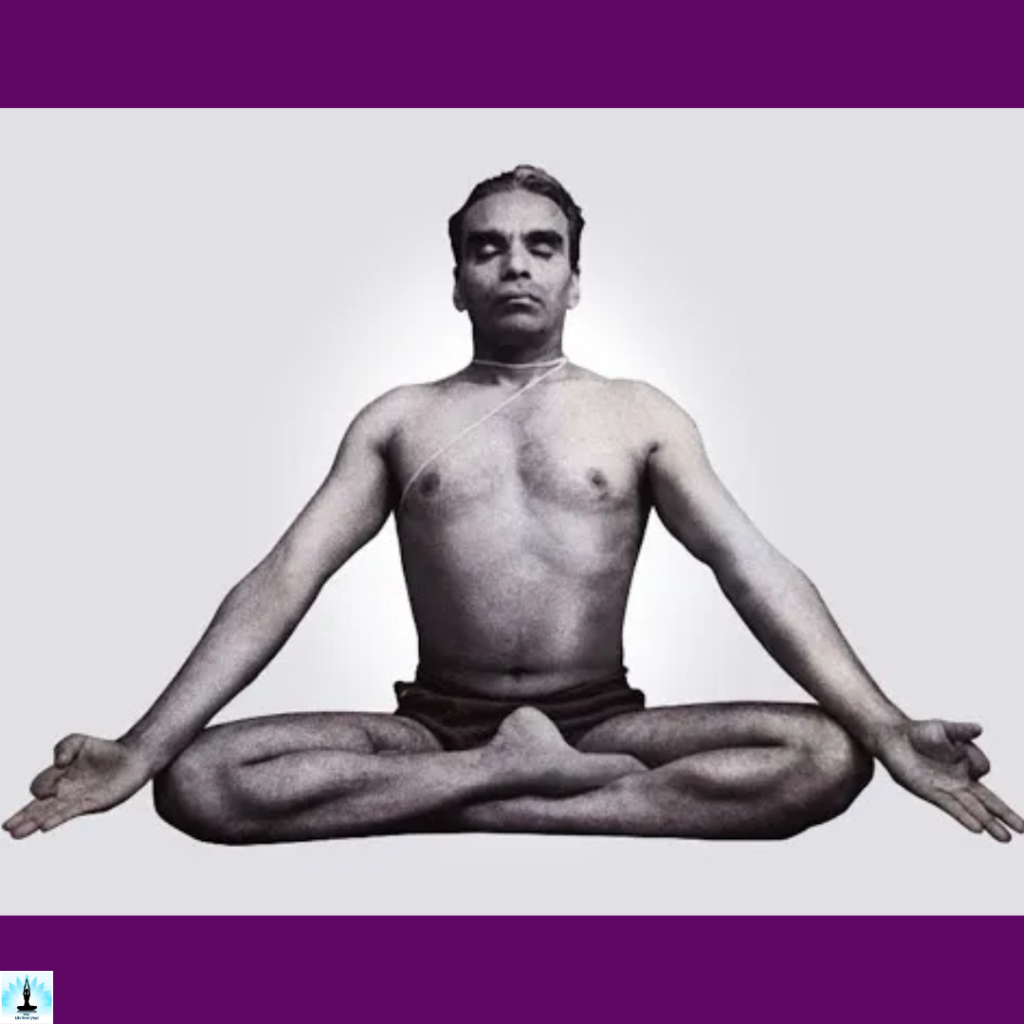Yoga for Flexibility – 7 Stretching Techniques for All Levels
Yoga, with its ancient roots, offers a holistic approach to physical and mental well-being. Among its numerous benefits, one of the standout features is its ability to enhance flexibility. Whether you’re a seasoned yogi or a beginner, incorporating specific stretching techniques into your practice can significantly improve flexibility and contribute to overall body health.
Table of Contents
The Essence of Flexibility in Yoga

Flexibility is not just about touching your toes or executing advanced poses; it’s about the journey of self-discovery within your body. Yoga emphasizes the importance of listening to your body, respecting its limits, and gradually expanding those limits through consistent practice.
What is the Science Behind Yoga for Making Our Body Flexible?
The science behind yoga contributing to the flexibility of the body involves a combination of physiological and neurological factors. Yoga incorporates a variety of poses and stretches that systematically engage different muscle groups, joints, and connective tissues. Here are some key aspects of the science behind yoga for enhancing flexibility:
Muscle Stretching and Elongation
Yoga poses involve controlled stretching of muscles. As you hold a pose, the muscle fibers lengthen, promoting flexibility. Regular practice encourages the muscles to adapt to increased length, contributing to improved flexibility over time.
Connective Tissue Adaptation
Beyond muscles, yoga targets connective tissues like tendons and ligaments. These tissues, which surround muscles and joints, benefit from the gentle stretching in yoga. Over time, they become more elastic and pliable, leading to increased joint mobility and overall flexibility.
Joint Lubrication
The fluid within joints, called synovial fluid, provides lubrication for smooth movement. The varied movements in yoga stimulate the production and circulation of synovial fluid, enhancing joint lubrication. Well-lubricated joints move more freely, promoting flexibility.
Neuromuscular Adaptations
Yoga involves a mind-body connection, emphasizing awareness and control of movements. Through conscious engagement of muscles and focused breathing, the nervous system learns to relax certain muscle groups, allowing for deeper stretches and increased flexibility without triggering protective reflexes that might limit movement.
Improved Blood Circulation
Yoga promotes circulation throughout the body. Enhanced blood flow delivers nutrients and oxygen to muscles and tissues, facilitating their health and flexibility. Improved circulation also aids in the removal of metabolic waste products from tissues.
Release of Tension and Stress
Stress and tension can contribute to muscle tightness. The relaxation techniques in yoga, including deep breathing and mindfulness, help reduce overall stress levels. As tension decreases, muscles become more receptive to stretching, leading to enhanced flexibility.
Consistency and Progression
Regular and consistent practice is crucial for achieving and maintaining flexibility. Yoga encourages gradual progression, allowing the body to adapt to increasing levels of stretch. Over time, practitioners may notice significant improvements in their range of motion.
7 Stretching Techniques for All Levels

Gentle Stretches for Beginners
For those new to yoga or seeking gentle flexibility enhancement, start with foundational stretches. Child’s Pose is excellent for stretching the hips, thighs, and ankles. Downward-Facing Dog helps elongate the spine and release tension in the back and hamstrings. These beginner-friendly poses pave the way for more advanced practices.
Intermediate Poses for Progress
As you advance, include poses that target specific muscle groups. Warrior Poses (I, II, III) improve flexibility in the hips, legs, and shoulders. Pigeon Pose is a deep hip opener, and Bridge Pose provides an excellent stretch for the spine and chest.
Advanced Asanas for Profound Flexibility
For those aiming for advanced flexibility, incorporating challenging poses is key. The King Pigeon Pose and Monkey Pose deeply stretch the hips and quadriceps. Wheel Pose opens the chest and shoulders while increasing spine flexibility.
Incorporating Dynamic Flow
Dynamic flow, such as Sun Salutations and Vinyasa sequences, not only builds strength but also enhances flexibility through continuous movement. These sequences engage multiple muscle groups, promoting a balance of strength and flexibility.
Utilizing Props for Support
Props like blocks, straps, and bolsters can aid in achieving proper alignment and providing support during stretches. For example, a strap can assist in deepening a seated forward bend, and blocks can be used to modify poses for individuals with less flexibility.
The Role of Breath in Flexibility
Incorporating proper breathing techniques is integral to any flexibility-focused yoga practice. Deep, conscious breaths help release tension and encourage the muscles to relax, allowing for a more profound stretch. Syncing breath with movement promotes a mindful and focused practice.
Consistency is Key
Flexibility is a journey, not a destination. Consistency in practice is crucial for seeing progress. Dedicate time to your yoga practice regularly, and over time, you’ll notice increased flexibility, improved posture, and a greater sense of well-being.
What Type of Yoga Is Best for Flexibility?
The type of yoga that is often considered best for flexibility is Hatha Yoga. Hatha Yoga typically involves a series of physical postures or asanas, coupled with breath control exercises. The slow and gentle nature of Hatha Yoga allows practitioners to hold poses for an extended duration, promoting muscle and joint flexibility. Additionally, styles like Yin Yoga and Iyengar Yoga also emphasize longer holds in poses, aiding in the development of flexibility over time.
Does Yoga Improve Your Flexibility?
Yes, yoga is known to improve flexibility. Regular practice of yoga, which involves a combination of stretching, strength-building, and relaxation techniques, can lead to increased flexibility. The various asanas or yoga poses work on different parts of the body, promoting flexibility in muscles, joints, and connective tissues. Consistent yoga practice not only enhances physical flexibility but also contributes to overall well-being.
How Long Does It Take for Yoga to Make You Flexible?
The time it takes to become more flexible through yoga varies from person to person. Factors such as individual baseline flexibility, frequency of practice, and the specific yoga style can influence the timeline. Some practitioners may notice improvements in flexibility within a few weeks of regular practice, while others may take several months. Consistency, patience, and a gradual progression in intensity are key elements in achieving lasting flexibility gains.
Which Asanas Improves Flexibility?
Several yoga asanas are particularly effective in improving flexibility. These include but are not limited to Downward Dog (Adho Mukha Svanasana), Cobra Pose (Bhujangasana), Pigeon Pose (Eka Pada Rajakapotasana), Forward Fold (Uttanasana), and the various hip-opening poses. Incorporating a combination of standing, seated, and supine poses into your practice helps target different muscle groups and enhances overall flexibility.
How To Increase Flexibility?
To increase flexibility through yoga, it’s essential to establish a consistent practice routine. Begin with a warm-up to prepare the body for stretching, then move through a series of asanas that focus on various muscle groups. Hold each pose for an adequate duration, breathing deeply and consciously. Gradually progress into more challenging poses as your flexibility improves. Regular practice, along with proper alignment and mindful stretching, fosters gradual and sustainable gains in flexibility.
How Do I Start Yoga and Become Flexible?
Starting yoga and becoming more flexible involves taking gradual steps. Begin with beginner-friendly classes or online tutorials that introduce foundational poses. Focus on basic stretches and gradually increase the duration and intensity of your practice. Consistency is key, so aim for regular sessions, and listen to your body to avoid overexertion. Over time, as you build strength and familiarity with the poses, flexibility will naturally improve.
Can Surya Namaskar Increase Flexibility?
Yes, Surya Namaskar, also known as Sun Salutation, can contribute to increased flexibility. This dynamic sequence of yoga poses involves forward bends, backward bends, and stretches, providing a comprehensive workout for the entire body. Practicing Surya Namaskar regularly helps improve flexibility in the spine, hamstrings, shoulders, and hip flexors. Its flowing nature also promotes a balance of strength and flexibility.
How To Get Flexible Legs by Yoga?
To enhance flexibility in the legs through yoga, focus on specific leg-centric poses. Include stretches like Forward Fold (Uttanasana), Warrior Poses (Virabhadrasana I and II), and Wide-Legged Forward Bend (Prasarita Padottanasana). Incorporate these poses into your routine, holding them for an adequate duration and paying attention to proper alignment. Consistent practice, coupled with patience and attention to form, will gradually lead to increased flexibility in the legs.
FAQs on “Yoga for Flexibility: Stretching Techniques for All Levels”
1. What role does yoga play in improving flexibility?
Yoga employs a combination of poses and stretches that systematically target various muscle groups, promoting flexibility and enhancing overall body awareness.
2. Can beginners benefit from yoga for flexibility?
Absolutely. Gentle stretches and foundational poses in yoga cater to beginners, gradually building flexibility and strength over time.
3. Are there specific poses for individuals with limited flexibility?
Yes, poses like Child’s Pose, Downward-Facing Dog, and modified versions of standing poses are accessible for those with limited flexibility, allowing them to progress at their own pace.
4. How often should I practice yoga for flexibility?
Consistency is key. Aim for at least 2-3 sessions per week to see noticeable improvements in flexibility. Regular practice enhances the body’s adaptability.
5. Are props necessary for yoga for flexibility?
Props like blocks and straps can be beneficial, especially for beginners. They assist in achieving proper alignment and make certain poses more accessible.
6. Can yoga help with muscle stiffness?
Certainly. The dynamic movements and stretches in yoga help alleviate muscle stiffness by improving blood circulation and promoting flexibility.
7. Is yoga for flexibility suitable for all ages?
Yes, yoga is adaptable for all ages. Whether you’re a teenager or in your senior years, yoga offers modified poses to suit different levels of flexibility and mobility.
8. How does deep breathing contribute to flexibility in yoga?
Conscious and deep breathing relaxes the muscles, allowing for a more profound stretch. It also promotes mindfulness, enhancing the mind-body connection during flexibility-focused practices.
9. Can yoga help with posture improvement?
Absolutely. Yoga not only enhances flexibility but also encourages better posture by strengthening core muscles and promoting spine alignment.
10. Are there any precautions for individuals with existing health conditions?
It’s advisable for individuals with health concerns to consult with a healthcare professional before starting a new yoga practice. Instructors can then modify poses accordingly to accommodate specific needs.
11. Can yoga be practiced at home for flexibility, or is attending classes necessary?
Both options are viable. Attending classes provides guidance from instructors, while practicing at home allows for flexibility in scheduling. Online resources and videos can assist home practitioners in maintaining proper form.
12. How long does it take to notice improvements in flexibility with yoga?
The timeline varies, but with consistent practice, individuals often experience improvements in flexibility within a few weeks to a few months, depending on factors such as frequency and intensity of practice.
Conclusion
Yoga for flexibility extends beyond physical benefits; it nurtures a connection between the body, mind, and breath. Regardless of your current flexibility level, yoga offers a path to explore and expand your body’s potential. Whether you’re unwinding after a long day or challenging yourself with advanced poses, the transformative power of yoga awaits, inviting you to discover the profound joy of a flexible body and a calm mind.
References
- Ashley, Linda. Essential Guide to Dance. 2nd ed. London: Hodder & Stoughton, 2004. Print. ISBN 978-0340803202.
- Barratt, Marcia, et al. Foundations For Movement. Dubuque, IA: Wm. C. Brown Co., 1964. Print.
- Berardi, Gigi. Finding Balance. 2nd ed. Routledge, NY: Routledge, 2005. Print. ISBN 978-0415943390.
- Blakey, W P. Stretching Without Pain. Canada: Twin Eagles Educational & Healing Institute, 1994. Print. ISBN 978-1873017050.
- Como, William. Raoul Gelabert’s anatomy for the dancer with exercises to improve technique and prevent injuries. New York: Danad, 1964; 51-57. ASIN B000XYUX4Q.
- Dilmen, Nevit. Stretching. 2009. Own Work. Wikimedia Commons. Web. 4 Dec. 2010.
- Franklin, Eric N. Conditioning for Dance. Champaign, IL: Human Kinetics, 2004. Print.
- FvS. Split, gymnastics. 2005. Own Work. Wikimedia Commons. Web. 4 Dec. 2010.
